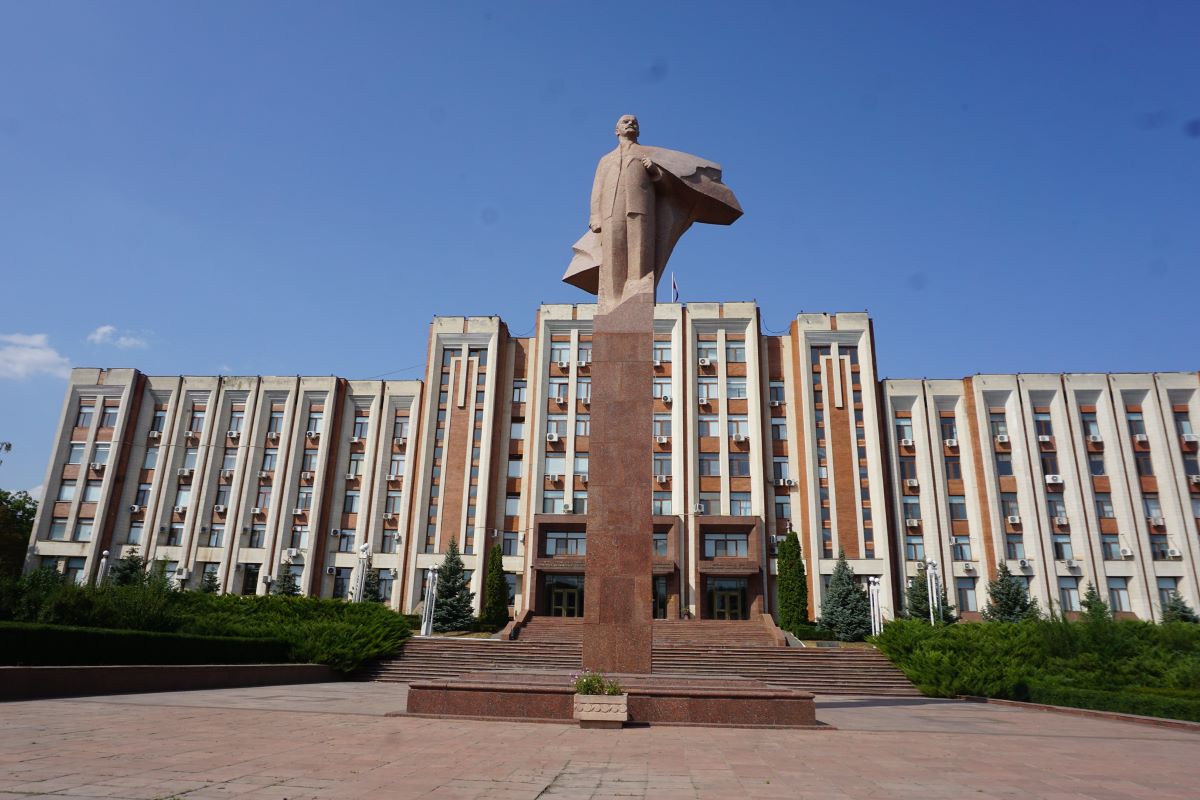
Moldova’s breakaway state of Transnistria and its self-proclaimed capital, Tiraspol, have gained themselves some unwanted attention recently, as they were caught up in the politics surrounding the Russian invasion of Ukraine.
During a special congress held on Wednesday, February 28, politicians in Transnistria appealed to Moscow for protection against the “growing pressure from Moldova.” Subsequently, the Kremlin emphasized that safeguarding its “compatriots” remained a top priority, as reported by Russian state media RIA Novosti.
When the Parliamentary Assembly of the Council of Europe recognized Transnistria as a Moldovan territory occupied by Russia on March 15th 2022, very few people reading the news knew that the capital of this little-known Eastern European disputed territory is an ancient Greek toponym.
Transnistria is just another made-up russkie "state" pic.twitter.com/d62Js2lbYR
— HotSotin 🇫🇮 NAFO (@HotSotin) February 28, 2024
Tiraspol named after Tyras river
Located on the eastern bank of the Dniester River, which separates the breakaway territory of Transnistria from the rest of Moldova, Tiraspol was named after the ancient Greek name for Dniester.
The river Tyras (later simplified as Tiras) is mentioned in the works of classical Greek historians Herodotus, Ptolemy, and Strabo. According to Herodotus, Tyras rose in a large lake whilst Ptolemy placed its sources in Mount Carpates. To further complicate matters, Strabo says that the river source is unknown.
Thus, the modern name Tiraspol is, in fact, a toponym, composed by Tiras, as the ancient Greeks called the Dniester river, and polis, the ancient Greek word for “city,” which signifies a city on the Tiras River.
The third largest Moldovan city and capital city of Transnistria, Tiraspol was founded in the 18th century after the territory was acquired by the Russian Empire following the Russian-Turkish War.

This is one of the new cities of that era with “invented Greek names” in the area, a popular habit for naming new settlements in the years of Catherine II, according to the book Mobility in the Russian, Central and East European Past, by Róisín Healy.
Although Tiraspol should not be confused with the actual Greek colony of Tyras—whose ruins lie in Ukrainian territory on the Black Sea—the 18th-century city’s naming is indicative of how vividly the Greek history of the area survived through the centuries in the collective memory of the local communities.
Disputed current status
Transnistria controls most of the narrow strip of land between the Dniester river and the Moldovan–Ukrainian border, as well as some land on the opposite side of the river’s bank. Along with Abkhazia, South Ossetia, and Artsakh, it comprises part of a post-Soviet “frozen conflict” zone.
On January 27, 1990, Tiraspol citizens passed the referendum declaring the city an independent territory. After the dissolution of the Soviet Union, the territory east of the Dniester River declared independence as the Pridnestrovian Moldavian Republic (PMR), with Tiraspol as its capital.
Transnistria’s status remains disputed, as it considers itself an independent state. Nonetheless, this is not officially recognized by any country, and the Moldovan government and international community consider Transnistria a part of Moldova’s territory.
According to the Moldova Travel Guide 2020, by Olga Stan, Transnistria has its own passport and currency, and visitors need to register at border control points to enter the territory.
See all the latest news from Greece and the world at Greekreporter.com. Contact our newsroom to report an update or send your story, photos and videos. Follow GR on Google News and subscribe here to our daily email!



